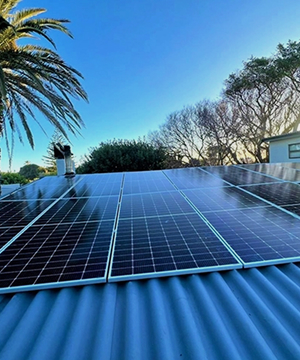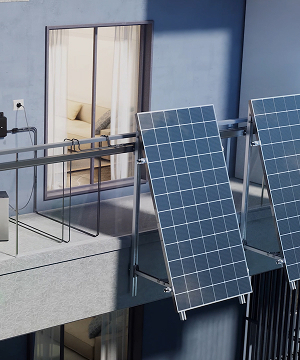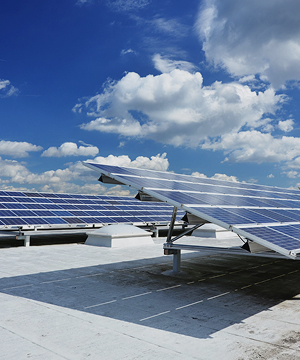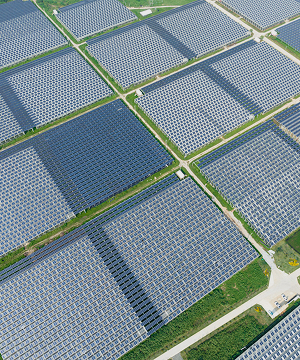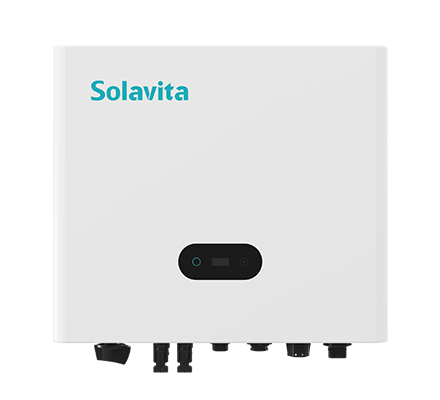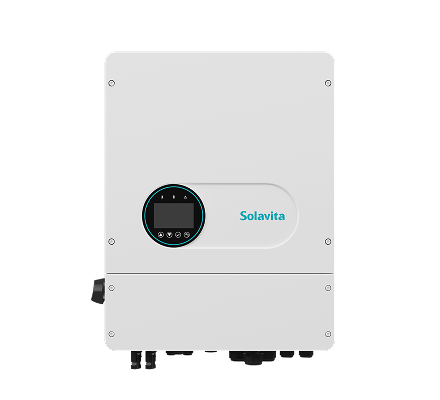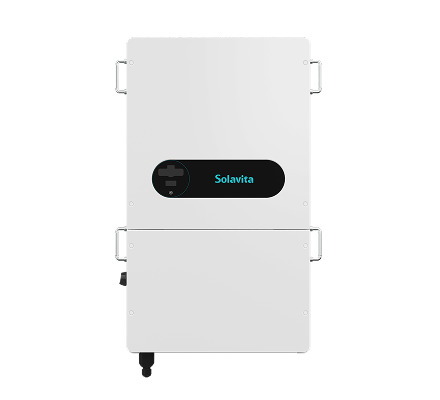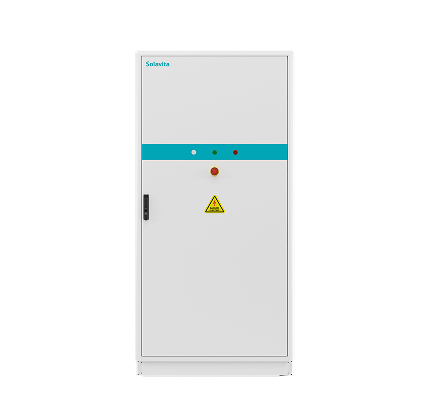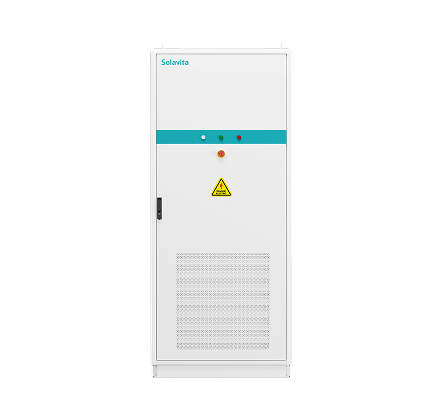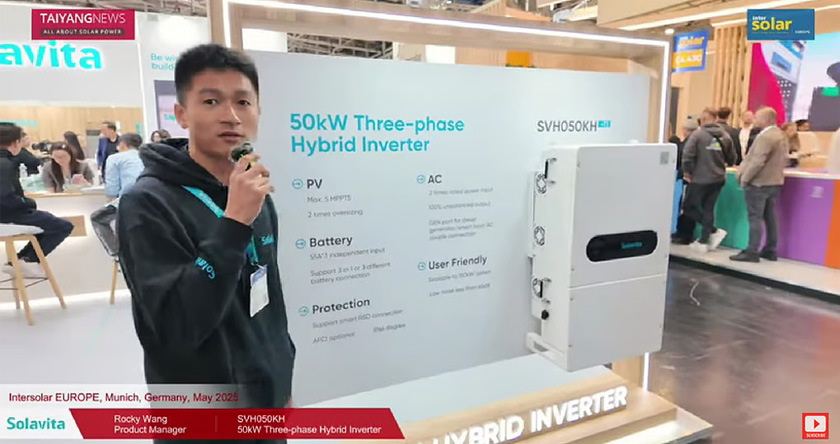Commercial and industrial energy storage
In recent years, energy storage development in China has experienced rapid growth. By the end of 2023, the cumulative installed capacity of new energy storage projects nationwide had reached 31.39 million kW / 66.87 million kWh, with an average energy storage duration of 2.1 hours. In 2023 alone, the newly installed capacity amounted to approximately 22.6 million kW / 48.7 million kWh, which is more than a 260% increase compared to the end of 2022, and nearly ten times the installed capacity at the end of the 13th Five-Year Plan period.
What are the advantages of industrial and commercial energy storage system? We will explain the five main benefits of industrial and commercial energy storage system.
1. Peak Shaving and Valley Filling
The most direct way to realize the value of energy storage systems is by arbitraging peak and valley electricity prices. During low-demand periods (valleys), the storage system charges batteries at lower valley electricity prices, and during peak-demand periods, the batteries discharge to supply power, thus shifting peak loads and generating profits from the price difference between peak and valley periods.
For example, in Jiangsu, there are four months with peak electricity price periods during the year (peak hours). If a company charges during off-peak hours and discharges during peak periods, the electricity price difference can reach 1.35 yuan/kWh, directly resulting in economic benefits.
2. Demand Management
Energy storage systems can store electricity during periods of low consumption and discharge during periods of high consumption, thereby reducing peak power demand and the maximum load. This smooths out the user's power consumption curve and reduces peak demand costs, lowering the capacity charges for commercial and industrial users.
3. Dynamic Capacity Expansion
When a user's original distribution capacity is insufficient, the energy storage system can continue discharging rapidly when short-term electricity consumption exceeds the transformer capacity, meeting the load's energy demand. This helps reduce transformer usage costs, investment, and expansion cycles.
4. Emergency Backup Power
In applications where a continuous power supply is critical, energy storage systems can serve as backup power sources during power outages or restrictions. It can replace traditional UPS systems, providing backup power for critical loads to ensure that operations remain uninterrupted. This not only reduces financial losses due to downtime but also increases power supply reliability and can save on some UPS equipment costs.
5. Improved Consumption of Renewable Energy
Photovoltaic and other distributed energy sources are highly intermittent and fluctuate. When photovoltaic systems generate more power than the load can consume, the surplus is sent to the grid at lower prices. When photovoltaic power is insufficient, commercial users need to purchase electricity from the grid, with both the grid and the photovoltaic system supplying power to the load. By installing energy storage systems, excess solar power is stored in batteries, and during times of insufficient solar power, the stored energy can be used to meet the load demand. This smooths out the fluctuations in generation and consumption, increasing the utilization of photovoltaic energy and maximizing the economic benefits of electricity usage.
How to Calculate the Required Energy Storage Capacity for a Business?
Energy Storage Capacity Estimation = Monthly Average Power Consumption / 30 days ÷ 24 * Ratio Coefficient * System Multiplier
Required Data:
1. Electricity Bill for the Past Year (Verification Copy)
a) Basic electricity tariff declaration method, declared capacity.
b) Monthly electricity consumption.
c) Meter reading, consistency with load data.
d) Peak and valley electricity prices.
2. Load Data or Graphs from the Past Year
a) Hourly load data for each day, segmented every 15 minutes.
b) Load curve graphs with at least two days per month, and effective data for at least 20 days.
3. Electrical Wiring Diagram
a) Number and capacity of transformers.
b) Operation mode (whether parallel operation is used).
For more details on data required for commercial energy storage solutions, please click the original text.
Solavita Commercial Energy Storage Solutions
Solavita 215kW liquid-cooled integrated energy storage cabinet excels in safety, flexibility, intelligent operation, and revenue assurance. Its extreme safety system relies on eight types of sensors for comprehensive monitoring, with four levels of protection (from battery cell level to power station level) ensuring multi-layered safety. The flexible design requires only 1.3 square meters of space and supports modular multi-unit expansion, effectively reducing transportation and installation costs.
Meanwhile, Solavita's cloud platform enables intelligent operations and maintenance. Through big data analysis of battery performance, it supports remote assistance, refined management, and unmanned operation. The intelligent liquid-cooling technology not only improves energy density but also controls the temperature difference between cells within 2.5°C, extending the cycle life by 30%. In terms of revenue assurance, the high-efficiency control strategy and low-decay design ensure the system operates reliably for a long time, bringing sustained economic benefits to businesses.
With continuous innovation and improvement in energy storage technology, industrial and commercial energy storage has become an essential tool for modern enterprises to reduce costs and increase efficiency. From peak shaving and valley filling to dynamic capacity expansion, and supporting higher consumption rates of distributed power sources, energy storage systems help businesses manage electricity resources more intelligently, reducing operational costs. The future market prospects for industrial and commercial energy storage will be even broader. Whether through policy support or technological advancements, more application scenarios and revenue opportunities will emerge, making energy storage an essential choice for businesses moving toward a green, low-carbon future.
Sign up to our latest media
By signing up for our newsletter, you agree to the termsoutlined in our privacy policy. You can unsubscribe atany time.



















